Bull Shark Facts
- Firstly, experts best know the appropriately named Bull Shark for its aggressive nature. In fact, this species appears responsible for the majority of shark attacks worldwide.
- It also is one of the best-known types of requiem shark. This ocean dweller is also highly adaptable to environmental conditions.
- In fact, it is one of the few saltwater sharks actually capable of living in freshwater for extended periods of time.
- It is also deceptively powerful. Relative to body mass, this apex predator has the most powerful bite of any known cartilaginous fish.
- Sadly, for a variety of reasons, the IUCN now lists this magnificent species as Near Threatened.
Related Articles
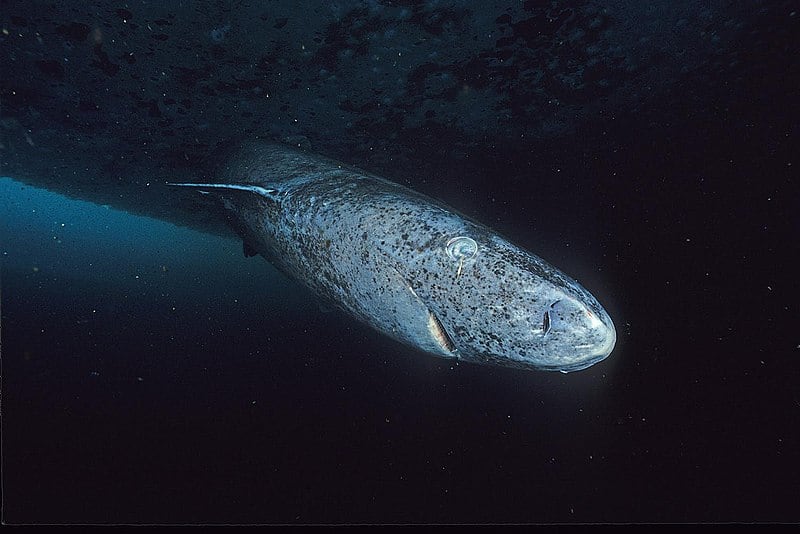
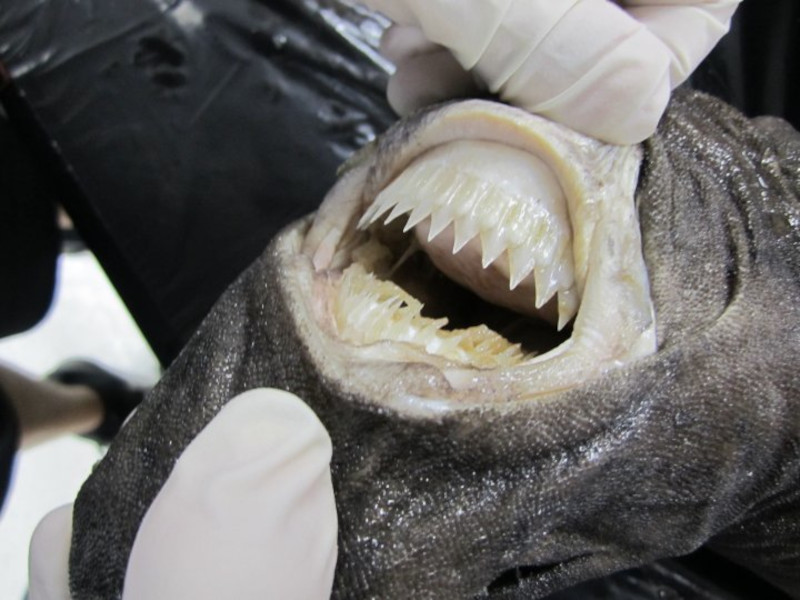
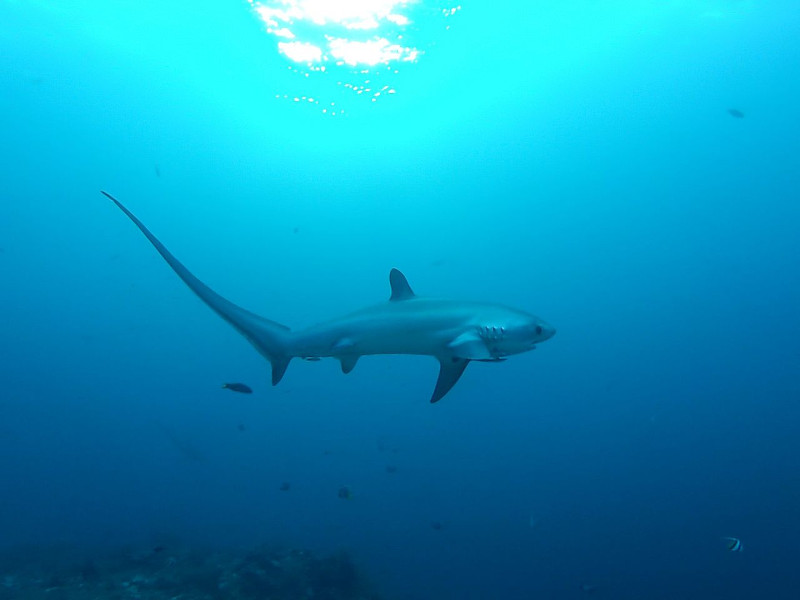
Bull Shark Physical Description
Though not overly large, the body of the Bull Shark is relatively stout in design. A slight degree of sexual dimorphism is also present in this variety of Requiem Shark.
The females average about 7.9 ft (2.4 m) in length and about 290 lb (130 kg) in weight. The males grow slightly smaller in size and commonly attain a length of roughly 7.4 ft (2.25 m), and weight of 210 lb (95 kg).
Its coloring is also typically a light gray on top, and white on the underbelly. This is an evolutionary adaptation not shared by most sharks and which provides it with natural camouflage.
- Kingdom: Animalia
- Phylum: Chordata
- Class: Chondrichthyes
- Order: Carcharhiniformes
- Family: Carcharhinidae
- Genus: Carcharhinus
- Species: C. leucas
Bull Shark Distribution, Habitat, and Ecology
The Bull Shark is common throughout the warm oceans of the world. Unfortunately for humans, it also lives in many rivers and lakes. In the ocean, individuals prefer quite shallow areas near coastlines and rarely inhabit depths of more than 490 ft (150 m).
Some individuals have also even been spotted as far inland as 2,500 mi (4,000 km) along the length of the Amazon River.
As with other sharks, the Bull Shark is an opportunistic hunter. It typically hunts alone, however. Its principal prey is bony fish, but it will also consume turtles, dolphins, birds, terrestrial mammals, and even other small sharks.
This magnificent animal represents an apex predator within its habitat and has few natural predators itself. Its principal threats come from commercial fishing, however.
Species Sharing Its Range
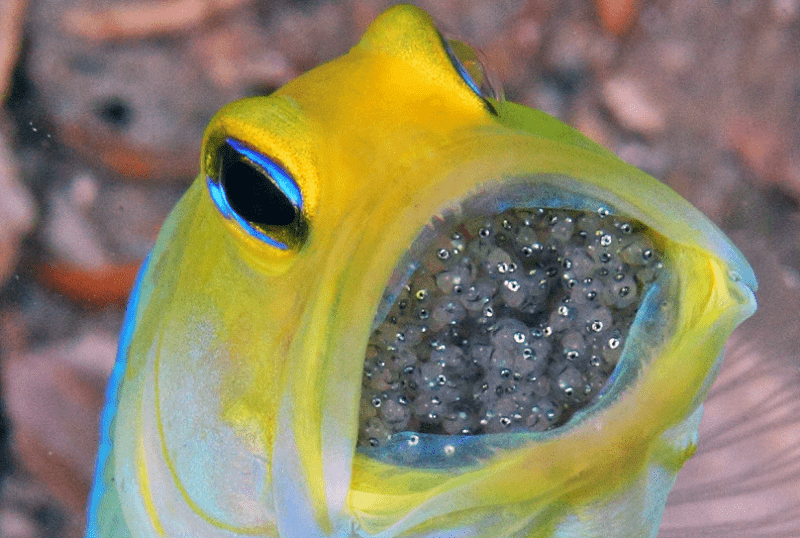
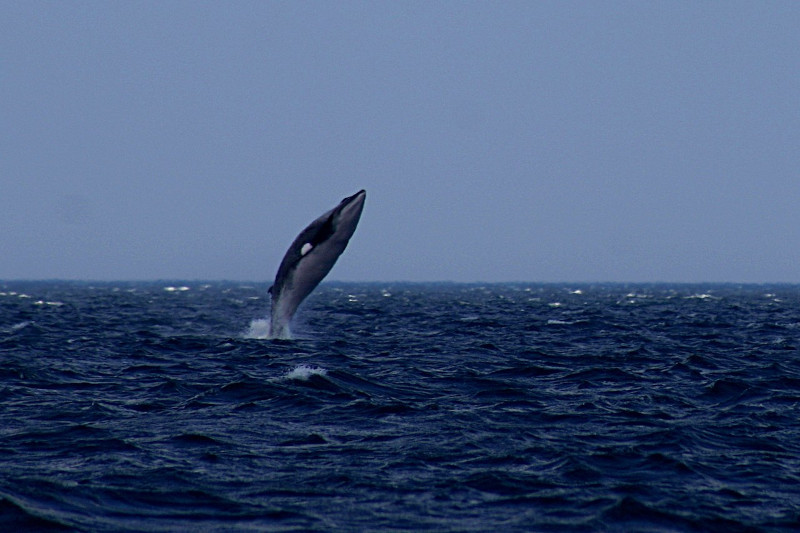
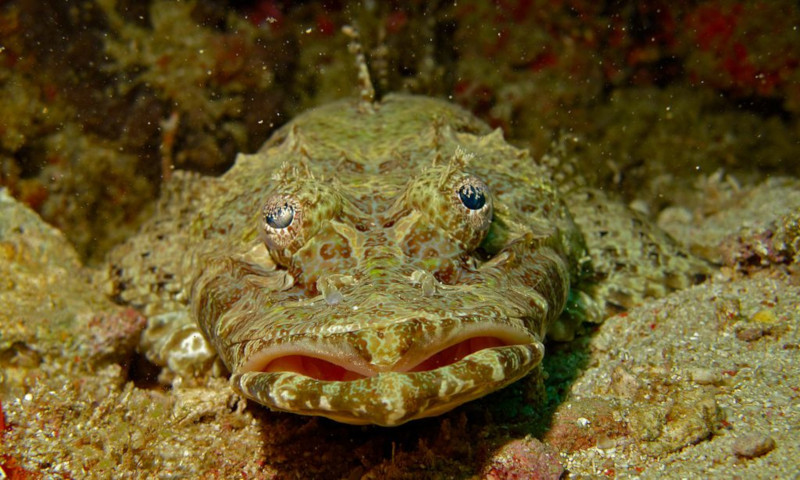
Check out our other articles on 5 Completely Unique Volcanoes, Lake Maracaibo, Cougar, Jellyfish Tree, Snake Caterpillar, Hellbender Salamander, Little Auk, Cantor’s Giant Softshell Turtle
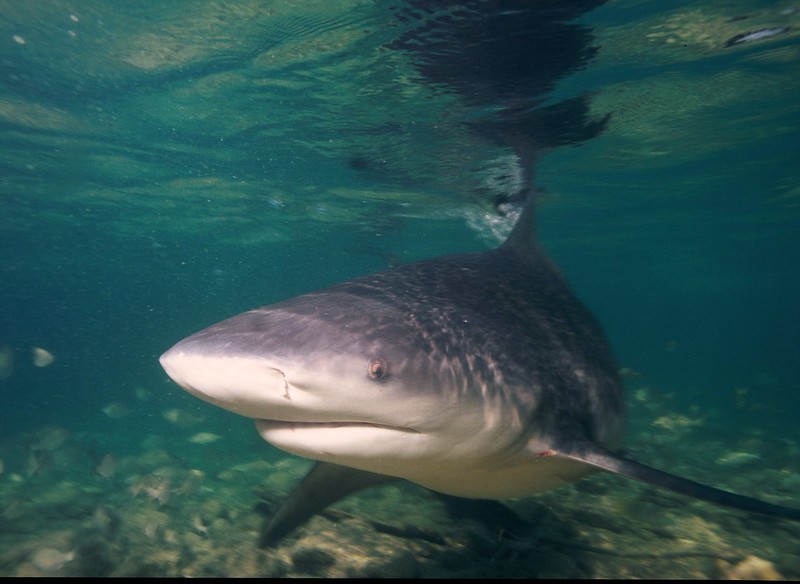
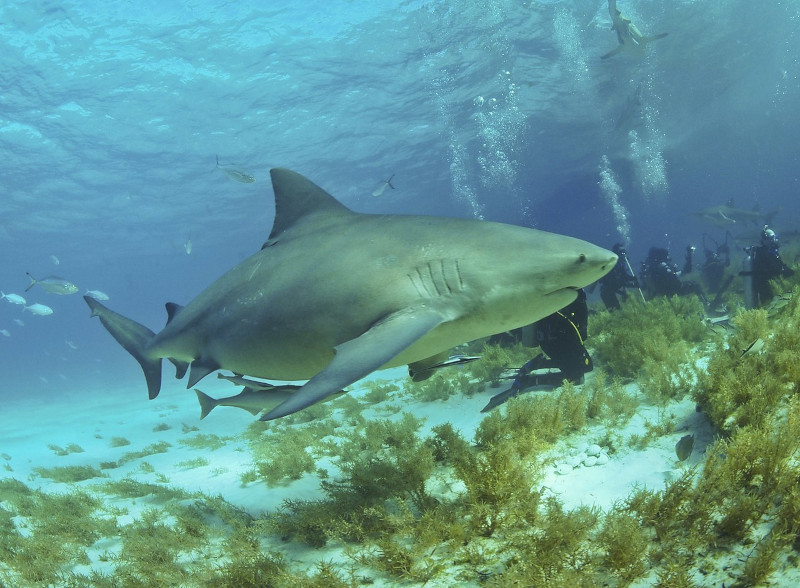
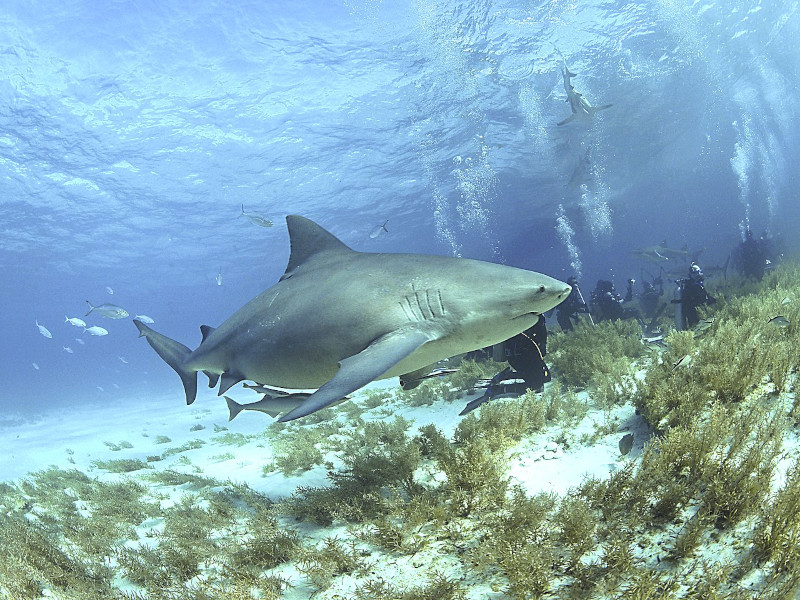









Leave a Reply